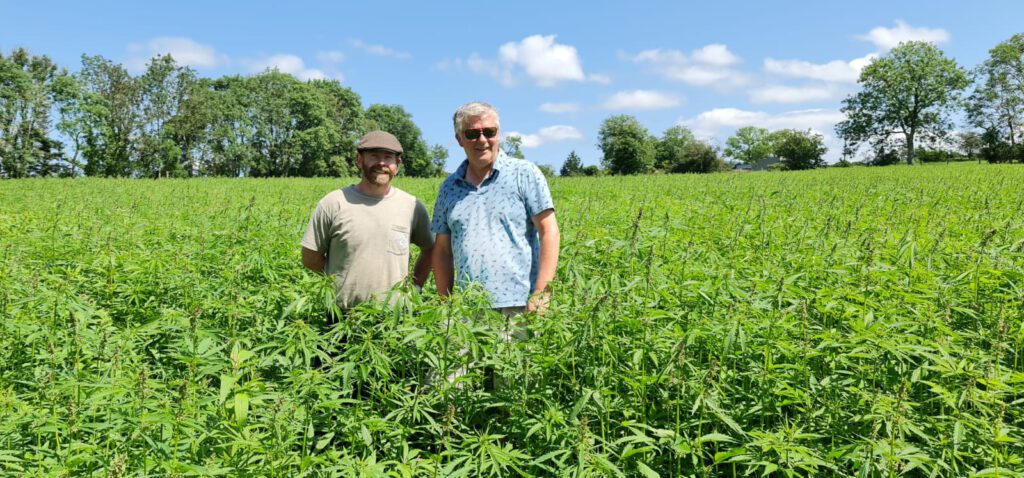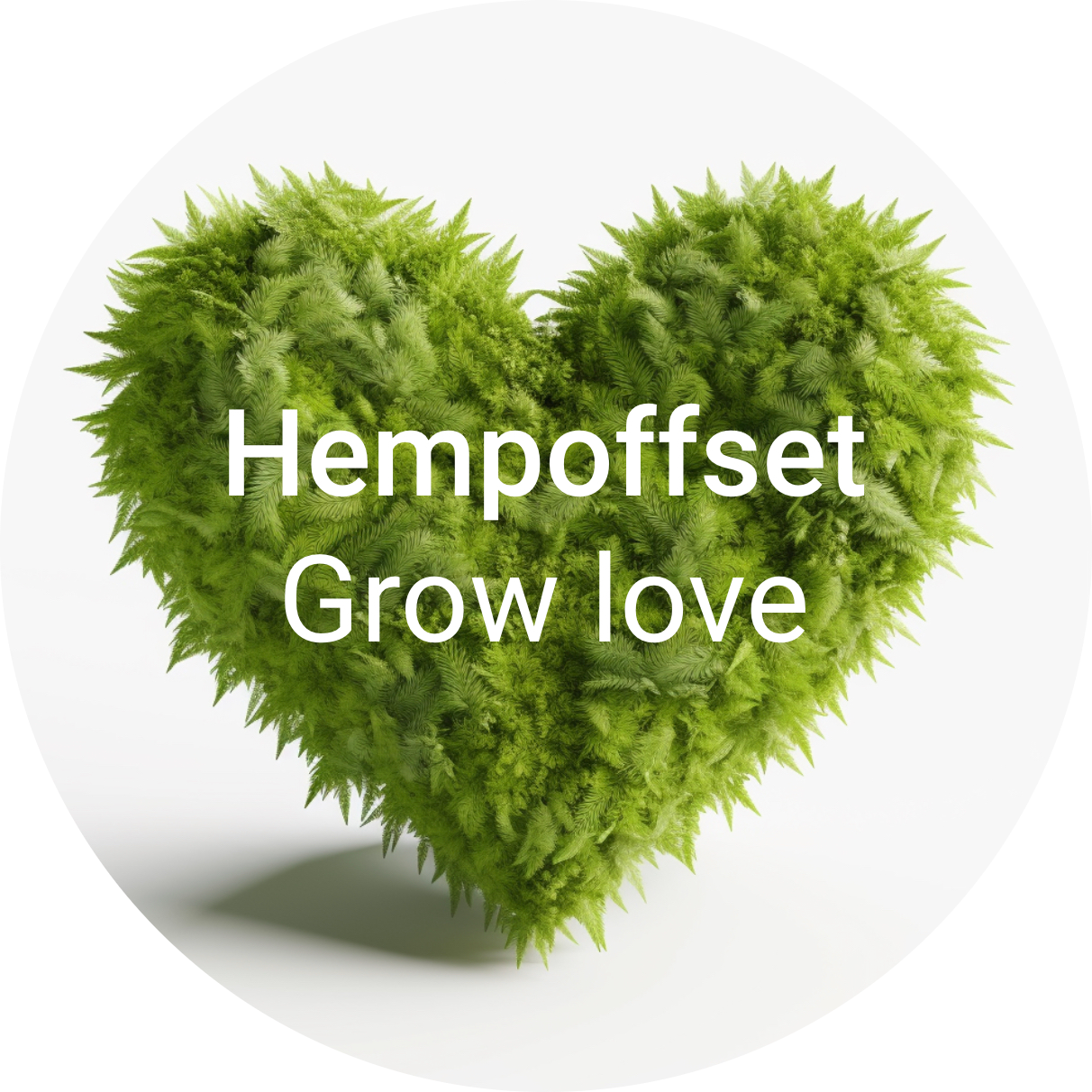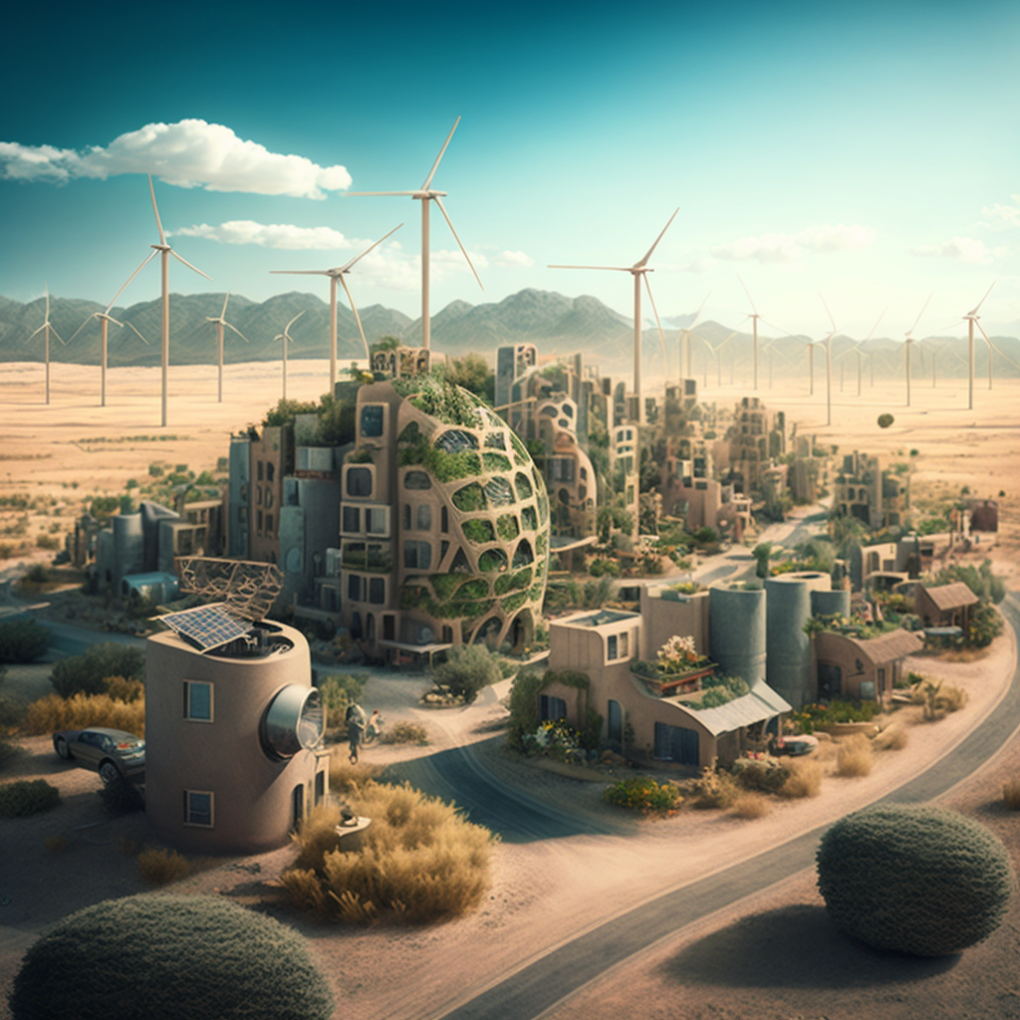How to grow industrial hemp
A comprehensive resource guide for people who are interested in growing hemp, covering what kind of land, where to source seeds, special equipment, how to harvest, what end products can be sold, and the potential sale of carbon credits. Includes a list of links for further information.
Why hemp? Why now?
Hemp is a versatile crop that has been grown for thousands of years. It has a wide range of uses, from food and fibre to biofuels and construction materials. Hemp is also known for its ability to absorb carbon from the atmosphere, making it an attractive option for those interested in sustainable agriculture. If you’re interested in growing hemp, this comprehensive resource guide can help you get started.
Land requirements for growing hemp
Hemp can be grown in a variety of soil types, including marginal land unsuitable for other crops, but prefers well-draining, fertile soil. Hemp also requires a lot of sunlight, so it is best grown in areas with long days and short nights. If you are planning to grow hemp on a large scale, it is recommended that you get your soil tested for nutrients and pH levels.

Seed sources
There are many seed suppliers available, and it’s important to source your seeds from a reputable supplier. Make sure the seeds are certified and have a high germination rate.
Decorticators and special equipment for hemp
While hemp can be grown with standard farming equipment, there are some specialized pieces of equipment that can help improve efficiency and yield. These include:
- Hemp harvesting equipment, such as combines and decorticators.
- Drying equipment, such as drying racks and dehumidifiers.
- Extraction equipment, such as presses and distillation equipment for CBD and other extracts.
Decorticators are machines used to process industrial hemp fibre, separating the long fibres from the hurd or woody core of the plant. This process is known as decortication and is essential for producing high-quality hemp fibre for use in textiles, paper, and other products.
There are two main types of decorticators: mechanical and chemical. Mechanical decorticators use physical force to separate the fibres from the hurd, while chemical decorticators use chemicals to dissolve the hurd and release the fibres. Mechanical decorticators are generally preferred because they are more environmentally friendly and produce higher quality fibre.
The cost of a decorticator can vary depending on the size and capacity of the machine, but they typically range from tens of thousands to hundreds of thousands of dollars. For small-scale operations, a manual or hand-cranked decorticator may be more affordable.
In addition to a decorticator, other pieces of equipment that are useful for growing, harvesting, and processing hemp include:
- Planting equipment: Hemp seeds are typically planted using a drill seeder or planter, which can be adjusted to plant seeds at the correct depth and spacing.
- Irrigation equipment: Hemp requires regular watering to grow properly, so irrigation equipment such as sprinklers, drip lines, or pivot systems may be necessary depending on the size of the operation and the climate.
- Harvesting equipment: Once the hemp plants have matured and the fibre has developed, they can be harvested using a combine harvester or specialized hemp harvesting equipment, which can cut and gather the entire plant or just the top portion containing the most fibre.
- Drying equipment: After harvesting, the hemp must be dried to reduce moisture content and prevent mould or mildew growth. This can be done using air-drying racks, dehumidifiers, or specialized hemp drying equipment.
- Processing equipment: In addition to a decorticator, other equipment may be necessary for further processing the hemp fibre, such as carding machines to align the fibres, spinning machines to create yarn, and looms to weave fabric.
Overall, the equipment needed for growing, harvesting, and processing hemp can be quite expensive, especially for large-scale operations. However, the demand for high-quality hemp products continues to grow, making it an attractive investment for those willing to make the necessary investments. The Hempoffset infrastructure model features shared equipment for growers and processors, delivering cost-effective scalability.
Harvesting hemp
Hemp is usually harvested when the plants are mature and the seeds have developed. The timing of the harvest can vary depending on the intended use of the crop. For fibre production, the hemp should be harvested when the stalks are still green, while for seed production, the hemp should be harvested when the seeds are fully mature. Harvesting hemp is labour-intensive and can be done manually or with specialized equipment.
Hemp end products
Hemp can be used for a variety of end products, including:
- CBD oil and other extracts for medicinal use.
- Fibre for textiles, paper, and other products.
- Seeds for food products, such as hemp oil and hemp hearts.
- Building materials, such as hempcrete, flooring, and thermal insulation products.
Hemp carbon credits
Hemp has the potential to sequester large amounts of carbon from the atmosphere, making it an attractive option for those interested in carbon credits. Carbon credits are a way for businesses and individuals to offset their carbon emissions by investing in projects that reduce greenhouse gas emissions. Hemp farmers can sell carbon credits based on the amount of carbon their crop sequesters.

All about hemp
Hemp Manifesto
Hempcrete
Hemp Carbon Credits
Humans and hemp
UN hemp report
Links for further information
- European Industrial Hemp Association: https://eiha.org/
- Irish Hemp Cooperative: https://hempcooperativeireland.com/faq/
- International Hemp Building Association
www.internationalhempbuilding.org - Teagasc on hemp production in Ireland: https://www.teagasc.ie/rural-economy/rural-development/diversification/industrial-hemp-production/
- Polish Hemp Program: www.polishhempprogram.com
- Global Hemp Association: https://globalhempassociation.org/
- Hemp Industries Association: https://thehia.org/
- National Hemp Association: https://nationalhempassociation.org/
- USDA Hemp Production Program: https://www.ams.usda.gov/rules-regulations/hemp
- Vote Hemp: https://www.votehemp.com/
- Hemp Farming Alliance: https://www.hempfarmingalliance.com
- HempWiki on how to grow hemp: https://hempwiki.com/blog/how-to-grow-hemp/
- How to grow hemp on WikiHow: https://www.wikihow.com/Grow-Hemp
Conclusion
Growing hemp can be a profitable and sustainable agricultural venture. By following these guidelines and sourcing high-quality seeds, you can produce a successful crop and help reduce carbon emissions. Remember to always research the regulations in your area before starting a hemp farm, and consult with experts in the field to ensure success. Now, what are you waiting for?
Latest posts
- Invest in Hemp’s Future: Tao Climate’s AI Space MRV
- 2025 is the Year of Hemp
- Hemp and the City: Our Big Hemp Pitch at the San Francisco XPRIZE Carbon Removal Capital Summit
- Hempoffset / Tao Climate Expands into USA, Joins Hemp Incubator Company Technology Accelerator
- We’re in the XPRIZE Top 100 in the World
Founder and CEO at Hempoffset.com and TaoClimate.com.
Hempoffset works with hemp growers and makers worldwide, to capture and sequester CO2 at scale, while building a sustainable world.
Tao Climate works with companies and individuals that want to measure, minimise and manage their carbon footprints. Tao Climate is the way to carbon neutral.
We are proud members of the Google Startups for Sustainable Development program.

